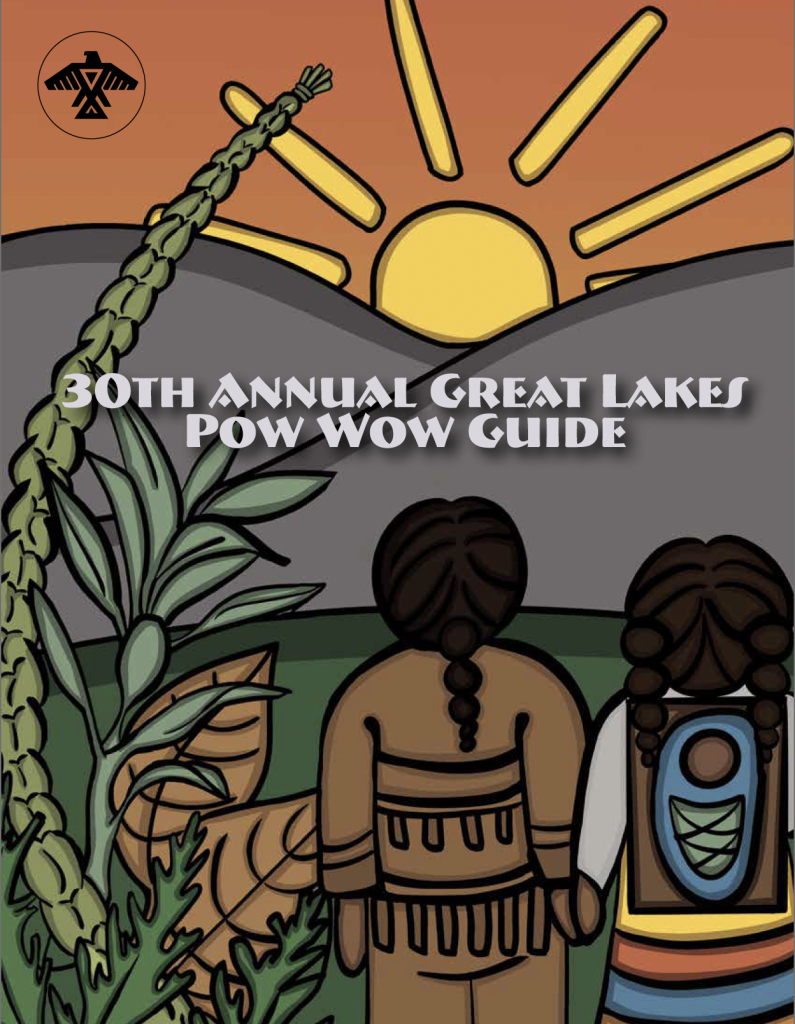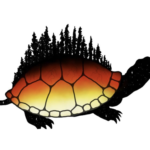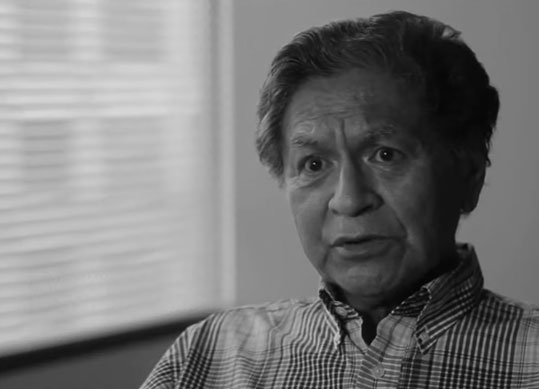
Legal Resources
This section includes general information about legal resources that may be available for Indian Residential School Survivors and their families when considering their options under the Indian Residential School Settlement Agreement (IRSSA). This information is not legal advice and should not be used as such.
The video was developed to provide claimants in the Independent Assessment Process with information about what to expect at their Independent Assessment Process hearing. The video explains the rights that claimants have under the Independent Assessment Process, and discuss the roles and responsibilities of participants at the hearing, and all parting to the Indian Residential Schools Settlement Agreement.
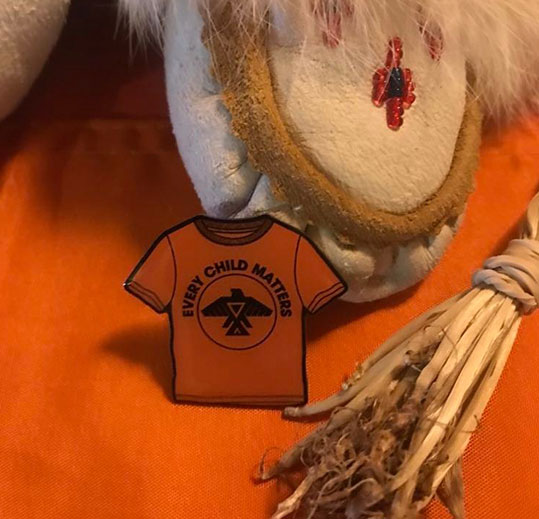
The Healing Journey
It is appreciated that survivors, their families, communities, and Canada as a whole is at various stages in their healing journey to acknowledging and understanding the legacy of the Indian residential school system.
The following historic events and much needed services have facilitated in the healing journey:
- Indian Residential Schools Settlement Agreement in 2006.
- Statement of Apology to former students of Indian Residential Schools by the Government of Canada in 2008.
- Establishment of the Truth and Reconciliation Commission of Canada.
- Development of Commemoration projects and activities.
- Establishment of the Indian Residential Schools Adjudication Secretariat (IRSAS).
- Establishment of the Indian Residential Schools Resolution Health Support Program (IRSRHSP).
Past and Present Settlements
On March 8, 2006, the Indian Residential Schools Settlement Agreement was issued. At the time, it was the largest class action settlement in Canadian legal history, it was negotiated by several different parties representing Indigenous organizations, religious orders, Indian Residential School Survivors, and the federal government.
The Settlement includes the following main components:
-
Common Experience Payment (CEP)
-
Independent Assessment Process (IAP)
-
Aboriginal Healing Foundation (AHF)
-
Truth and Reconciliation Commission (TRC)
-
Commemoration
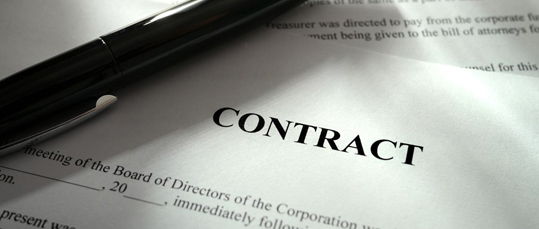
Terminology and FAQ
If you or a family member require additional support or assistance, please contact the Reconciliation Navigator for the Anishinabek Nation: S.Goulais.Deering@anishinabek.ca
What is a “Claimant”?
In the cases of Settlements, the claimant is the person whose claim it is. You may be a representative of a claimant if you are applying on their behalf.
“One that asserts a right or title”
What is a “class counsel”?
Are the court-appointed lawyers for all Class Members* which provides free legal advice to Class Members regarding the Claims Process**Also advises Claimants on level selection.
* unless class member has hired separate legal counsel, ** as above.
What is a “claims administrator”?
Is the Court-appointed body that receives and reviews Claim Forms and determines Claimant eligibility and level of compensation. Also updates Claimant on status of a claim.
What happens if I “opt out” of a Settlement?
Opting out is a permanent decision. Those who chose to opt out will not receive compensation under the Settlement. They do, however, retain the right to bring their own action against Canada at their own cost for harms suffered.
Why is the term “Indian” used in these Settlements?
Federal “Indian Day Schools” and “Indian Residential Schools” were created under Canada’s Indian Act, which applied to First Nations, Inuit, and Métis peoples. The schools, and their name, reflect the dark reality of Canada’s history with Indigenous peoples.


